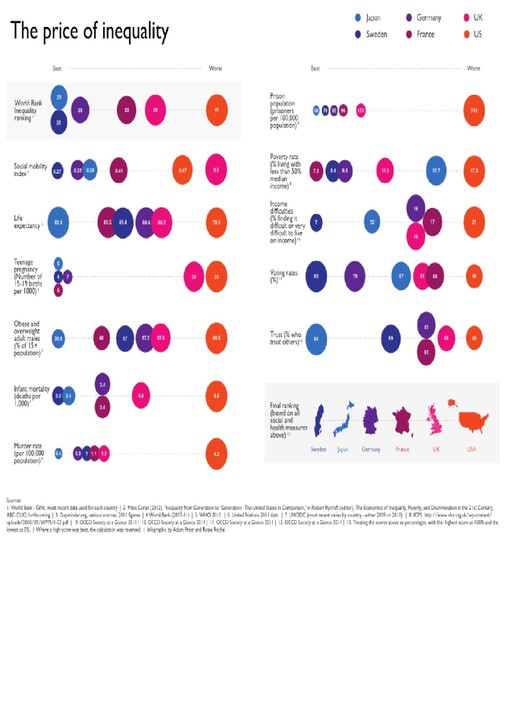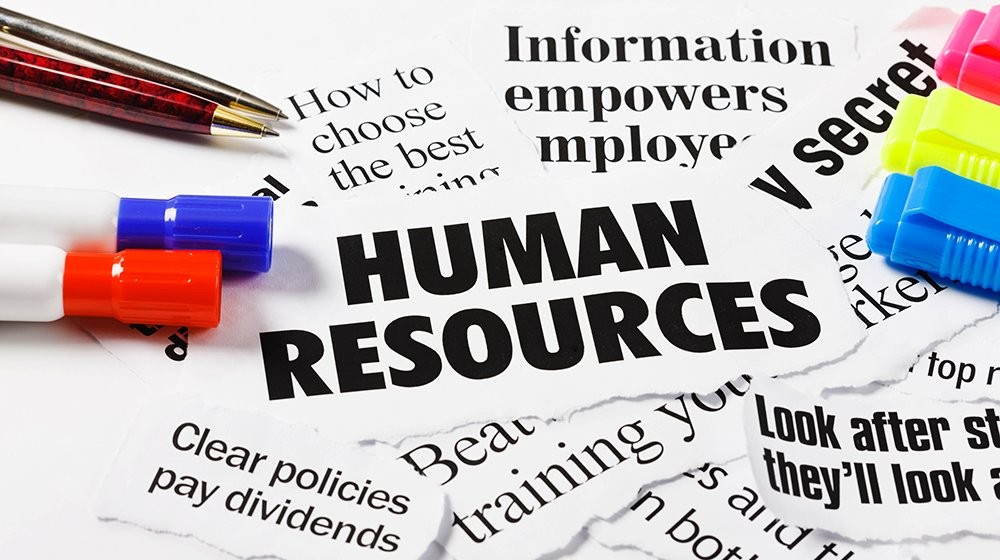- Solutions
- Compassionate Business/Professional/Healthcare Development and Certification
- Leading with Compassion Training and Certificate Program
- Compassionate Teamwork Training and Certificate Program
- Compassionate Human Resources Management Training and Certificate Program
- Managing with Compassion Training and Certification Program
- Compassionate Entrepreneurship Training and Certificate Program
- Compassion, Diversity and Inclusion Training and Certification
- Stress, Burnout and Compassion Training and Certificate Program
- Compassionate Organizational Behavior Training and Certificate Program
- Business and Professional Ethics Training and Certificate Program
- Measurable Skills Development for Universities, Colleges and High Schools Accreditation
- Business and Professional Ethics Training and Certificate Program
- Managing with Compassion Training and Certification Program
- Compassionate Human Resources Management Training and Certificate Program
- Compassionate Teamwork Training and Certificate Program
- Stress, Burnout and Compassion Training and Certificate Program
- Leading with Compassion Training and Certificate Program
- Compassionate Organizational Behavior Training and Certificate Program
- Compassionate Entrepreneurship Training and Certificate Program
- Brightsity Consulting Services
- Certifications
- Well-Being/Self-Development
- Articles
- Frequently Asked Questions
- About Us
- Login
- Compassionate Business/Professional/Healthcare Development and Certification

ARTICLE
December 21, 2020
Addressing Inequality via Social Capital in Education, Business, & Healthcare: Growing Compassion, Leadership, Courage, Sales, Happiness
Inequalities in wealth and income, between races and genders continually shape our ability to move forward in society. While the US continues to be a beacon for opportunity, inequality limits for human development for citizens, immigrants and refugees . Consider the following chart from the Equality Trust (2012):
 Never mind the murder rate, prison population, or infant mortality differences between these developed countries, and instead focus on the expectations of equality and how they impact our ability to move forward in opportunities through social mobility and capacity to earn.
Consider Brightsity courses have already used social capital to statistically significantly increase:
Never mind the murder rate, prison population, or infant mortality differences between these developed countries, and instead focus on the expectations of equality and how they impact our ability to move forward in opportunities through social mobility and capacity to earn.
Consider Brightsity courses have already used social capital to statistically significantly increase:
- Leadership
- Service Orientation
- Subjective Happiness
- Acceptance and Action
- Compassion for Others
- Courage
- Emotional Intelligence
- Teamwork
- Stress
- Anxiety
- Depression
- Racist Attitudes
- Sexist Attitudes
- Psychopathy
- Machiavellianism
- Fears of Compassion
















